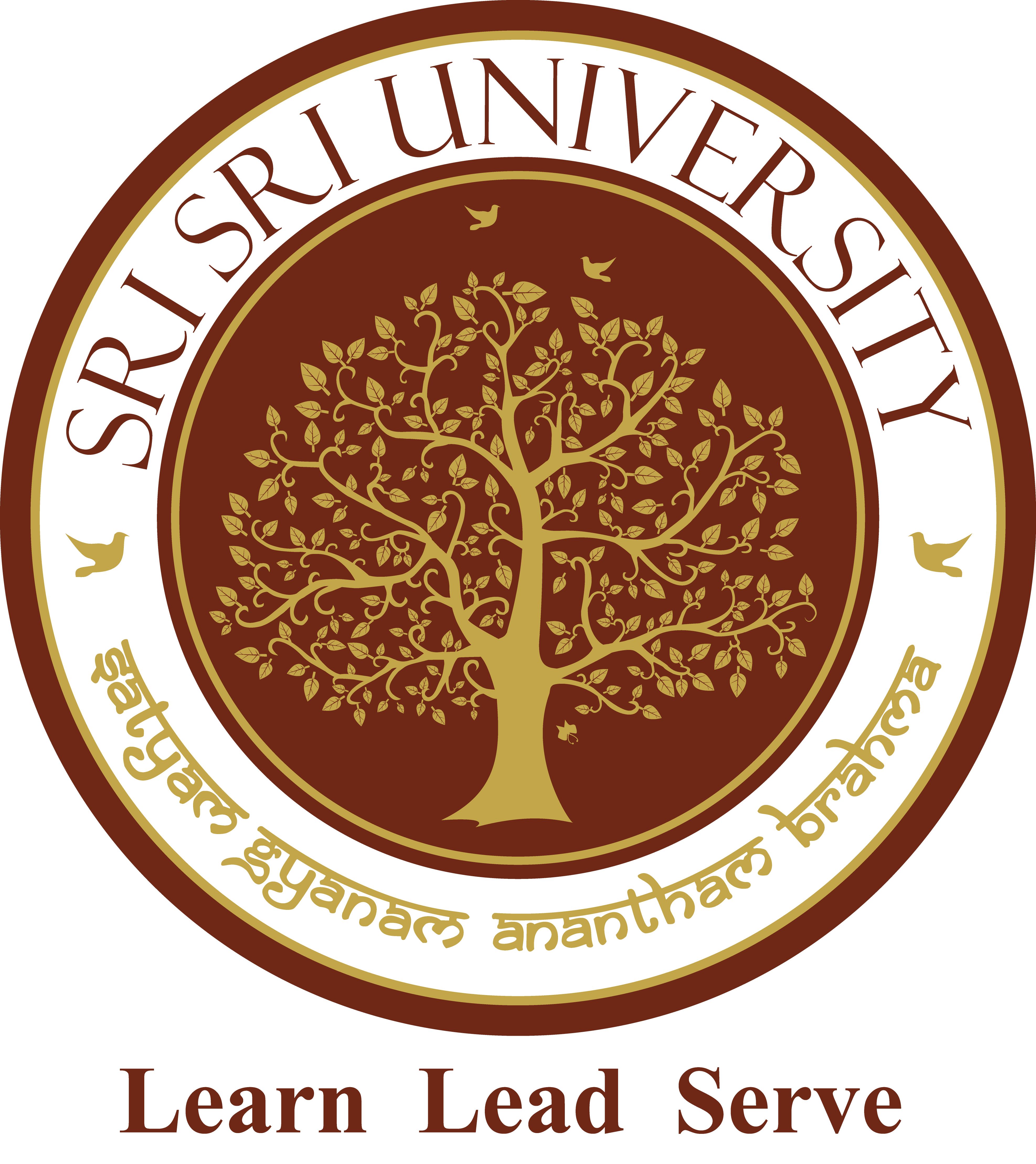AI is transforming the world of art and creating new possibilities for artists. It has the potential to improve the creative process, help artists generate new ideas, and revolutionize traditional art forms. AI algorithms can analyze and interpret data that was previously impossible to visualize or understand. They can recognize patterns in large data sets and create original works of art based on these patterns. It is rapidly transforming the creative industry and offering new possibilities for artists, musicians, and creative professionals. While there is still debate about AI's role in creative fields, there is no doubt that AI has the potential to revolutionize the way we think about creativity and new ways of generating ideas.
Submission Deadline
Acceptance Notification
Registration Due
Camera-Ready Paper Due


